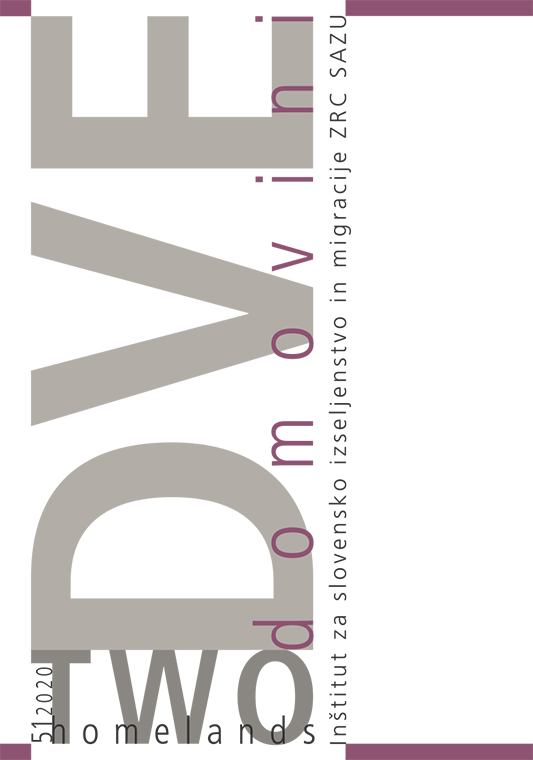Trieste and Louis Adamic’s Transnational Identities
DOI:
https://doi.org/10.3986/dd.2020.1.03Keywords:
Adamic, diaspora, anti-Colonialism, Tito, transnational activismAbstract
By examining Slovene immigrant to the United States and world-renowned author Louis Adamic’s effort to mediate between his Yugoslav and American identities, this article helps us to think what having a transnational identity means. By focusing on Adamic’s writings about Trieste and Italy in general, the article shows how he transitioned from being a disaporic leader during World War II to an anti-colonialist from 1946–1951. Examining Adamic’s activist stances regarding Trieste helps us to think about transnationalism beyond a single cross-border movement or an individual’s identity claim at a specific moment. Adamic’s effort to convince the U.S. government that Yugoslavia should control Trieste allows us to see how transnationalism operated as an identity in flux.
Downloads
Downloads
Published
How to Cite
Issue
Section
License

This work is licensed under a Creative Commons Attribution-NonCommercial-NoDerivatives 4.0 International License.
Authors guarantee that the work is their own original creation and does not infringe any statutory or common-law copyright or any proprietary right of any third party. In case of claims by third parties, authors commit their self to defend the interests of the publisher, and shall cover any potential costs.
More in: Submission chapter





